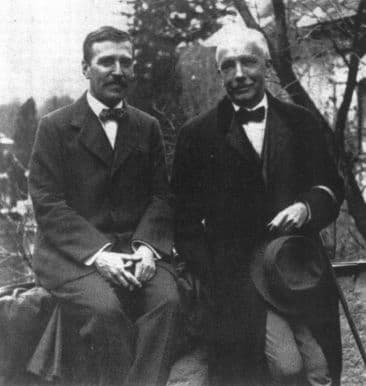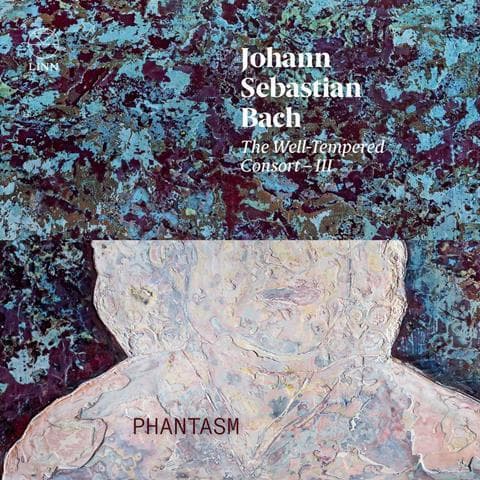(FILES) French singer Francoise Hardy poses at her home in Calvi on August 12, 1977. French singer Francoise Hardy, has died at the age of 80, her son Thomas Dutronc announced on June 11, 2024 on his social networks. Singer, actress and songwriter, mainly known for her melancholic sentimental ballads, Françoise Hardy made her musical debut in the early 1960s and found immediate success with the song "Tous les garçons et les filles". In addition to her native French, she also sang in English, Italian and German. Her career spanned more than fifty years and almost 30 studio albums. One of the best-selling singers in French history, she is regarded as an iconic and influential figure in both French pop and fashion. (Photo by AFP)
BY Clare BYRNE via AFP
June 12, 2024
French singer Francoise Hardy, whose crystalline voice and melancholy lyrics shot her to international stardom in the 1960s, has died at the age of 80, according to her son
Thomas Dutronc, Hardy’s son with another French music star, Jacques Dutronc, announced her death on Tuesday.
“Mom is gone,” he wrote on Instagram on Tuesday alongside a baby picture of himself with his mother.
Hardy became a pop icon and fashion muse of the 1960s and beyond. Mick Jagger described her as his “ideal woman”, Bob Dylan wrote a poem for her, and women around the world imitated her androgynous style and embraced her melancholic melodies.
But Hardy was a reluctant superstar, who dreamed of domestic bliss even as she chalked up chart hits.
It all began in 1962 with the catchy debut single “Tous les garcons et les filles” (All the girls and boys), in which the shy singer-songwriter lamented her loveless status.
“All the boys and girls my age walk hand in hand in the streets two by two… but not me, I walk alone through the streets, my heart aching,” she sang wistfully.
The single sold a million copies, making Hardy an instant star of the “Ye-Ye” (after the Beatles “yeah, yeah, yeah”) generation of post-war French pop singers.
Soon a parallel career as a cover girl beckoned, with the singer’s thick fringe, sculpted cheekbones and bohemian style coming to define a sort of effortless French chic.
She was an early adopter of the mini-skirt and became a model for fashion designers including Yves Saint Laurent and Paco Rabanne.
More hits followed, from the ballad “Mon Amie La Rose” to “Comment te dire adieu”, about the pain of separation from a man with a “heart of pyrex”, with lyrics provided by the bad-boy of French pop, Serge Gainsbourg.
Bob Dylan was among those bowled over by the singer’s languid vocals.
On the cover of his “Another Side” album in 1964, he wrote a poem starting: “For Françoise Hardy/At the Seine’s edge/A giant shadow/Of Notre-Dame”.
But Hardy had eyes only for fellow “Ye-Ye” star, the suave and sardonic Dutronc.
The pair married and had a son Thomas, who also became a musician. But Dutronc, an inveterate womanizer, was an elusive figure, who jealously guarded his independence.
“From the moment we met, Jacques created distance between us,” Hardy told Liberation newspaper in an interview.
The pair, who separated in the late 1980s, were a study in contrasts.
Dutronc, whose hits included “Il est cinq heures, Paris s’eveille” and “J’aime les filles” was a natural performer, but Hardy, who was studying German at university when she shot to fame, appeared ill at ease on stage.
“Singing is not something that comes easily to me,” Hardy, who thought of herself as a melody-maker first and foremost, told the French-German Arte channel in a documentary.
Dutronc penned one of her hits, “Le Temps de l’Amour” (1962), which director Wes Anderson revived for a new generation in his 2012 movie “Moonrise Kingdom”.
Greatest singers list
Hardy was born in Nazi-occupied Paris in 1944 to a single mother, who was separated from the father of her two daughters.
Her grandmother told her she was “hideous” and would never find a match.
It was only when, years later, Rolling Stones frontman Mick Jagger declared that he had a crush on her that she realised that she was not the “young, naive unattractive girl” she had been led to believe.
Before Dutronc, she was in a relationship with photographer Jean-Marie Perier.
In 2004, she was diagnosed with lymphoma, and in 2019 revealed she had throat cancer and had received 45 rounds of radiotherapy.
In a radio interview in 2021, Hardy, who had lost hearing in one ear, backed a bill on euthanasia: “At a certain point, when there is far too much pain and no hope, you have to end the suffering,” she said.
Hardy was the only French artist to appear in a 2023 ranking of the 200 greatest singers of all time published by Rolling Stone magazine.
At the time, the publication said her cover of Leonard Cohen’s “Suzanne” might be “the most evocative ever recorded, his included”.
In addition to her native French, Hardy also sang in English, Italian and German. Her career spanned more than 50 years and almost 30 studio albums.
© Agence France-Presse
 / tonybennett
Instagram:
/ tonybennett
Instagram:  / itstonybennett
Twitter:
/ itstonybennett
Twitter:  / itstonybennett
Website: https://www.tonybennett.com/
Follow Lady Gaga:
Facebook: http://gaga.lk/facebook
Instagram: http://gaga.lk/Instagram
Snapchat: http://gaga.lk/Snapchat
Twitter: http://gaga.lk/Twitter
Website: http://www.ladygaga.com/
Official Store: http://gaga.lk/GagaStore
Email List: http://gaga.lk/News
Music video by Tony Bennett, Lady Gaga performing I've Got You Under My Skin. © 2021 Columbia Records, a division of Sony Music Entertainment /Interscope Records, a division of UMG Recordings, Inc.
http://vevo.ly/5zCVIl
/ itstonybennett
Website: https://www.tonybennett.com/
Follow Lady Gaga:
Facebook: http://gaga.lk/facebook
Instagram: http://gaga.lk/Instagram
Snapchat: http://gaga.lk/Snapchat
Twitter: http://gaga.lk/Twitter
Website: http://www.ladygaga.com/
Official Store: http://gaga.lk/GagaStore
Email List: http://gaga.lk/News
Music video by Tony Bennett, Lady Gaga performing I've Got You Under My Skin. © 2021 Columbia Records, a division of Sony Music Entertainment /Interscope Records, a division of UMG Recordings, Inc.
http://vevo.ly/5zCVIl















